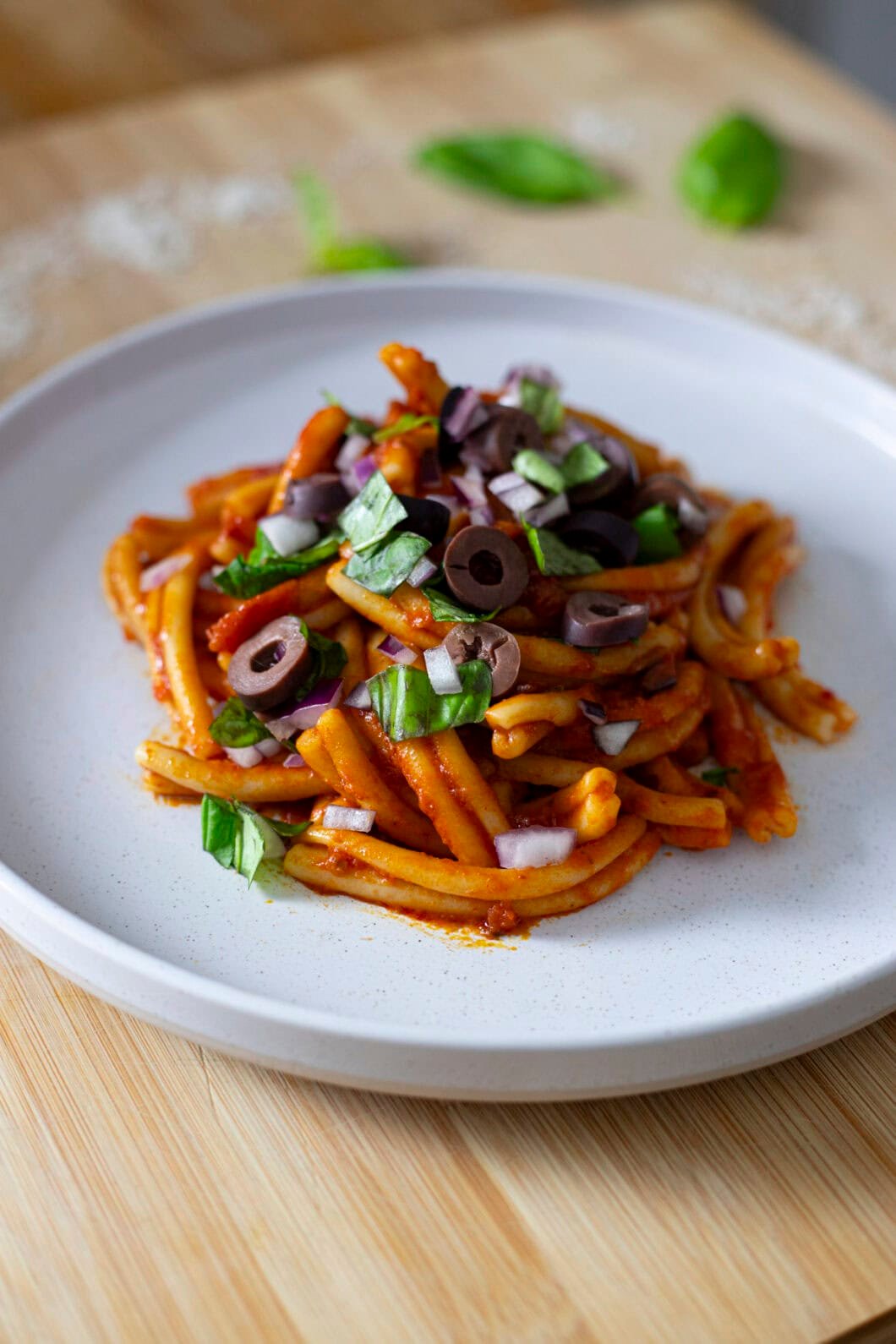I had already made an unauthentic Sausage Banh Mi ; I’m going to keep the Banh Mi momentum going, this time with a Char Siu Bánh mì.
Char Siu Bánh mì is a tad more authentic considering how popular Char Siu is in Vietnam, due to the significant Chinese (especially Hoa people) influence in southern Vietnam, especially in cities like Ho Chi Minh City (Saigon).
I wanted to include paté, which is a spreadable, seasoned liver paste used in traditional Vietnamese bánh mì. It’s smooth, rich, and spread on the bread to add moisture and deep umami flavor. I mistakenly bought pâté chả (liver sausage) instead , which is also used in bánh mì — but differently. This firmer version can be used in slices alongside other meat cuts, which is what I did ; and it worked well!
The combination of meats, especially the star, juicy Char Siu, worked wonders with the tang of Do Chua (pickled daikon & carrots), and the fresh cilantro, cucumber and green chilies addition.
Now of course, you might not have Char Siu, mayo, pickled carrot and radishes on hand. If you’re feeling lazy, do not hesitate to buy each item from an Asian store. What I tend to do instead, because I love it homemade, is to prep each item a different day :
- Char Siu is a week-end prospect, that you can prep when you can and keep in the freezer for a long time ;
- Some other day, take 20 minutes to make some super easy Do Chua ;
- On D-Day or the day before, make your mayo ;
- Then all you have to do is assemble this sandwich, within 15 minutes !
This might look like a lot of work, but keep in mind that you can make a dozen dishes out of it all :
- With your Do Chua, you can make banh mis and bo buns / bun thit nuong ;
- With your Char Siu, you can easily make dry noodles, noodle soups, rice bowls, baos… and this beautiful Bánh mì !
- With Mayo… need I say anything ? Salads, sandwiches, meat ; everything tastes better with homemade mayo.
This prep work was well worth it. You’ll find here all the flavour markers of true Bánh mìs – and yes, I don’t like maggi sauce, so I don’t use it.
If you love Bánh mìs like I do, give it a go !
Char Siu Bánh mì – Recipe
Ingredients – Advice & key points
- Char Siu : I recommend using homemade Char Siu. You can use my Char Siu recipe.
- Paté : If you can find some Vietnamese paté at your Asian grocery store, use it ! If not, skip it, it’s no central ingredient.
- Mayonnaise : I recommend using a homemade mayonnaise. You can use my recipe for a foolproof mayonnaise.
- Do Chua (Daikon and carrot pickles) : You can use my Do Chua recipe. If you cannot find Daikons Daikon, a big white radish, at the fresh produce section of your Asian grocery store, simply use classic red radishes.
- Baguette : I really prefer my baguette not overly crispy in Bánh mìs, which is more traditional and would make it less agreeable while eating.
Let’s sandwich !


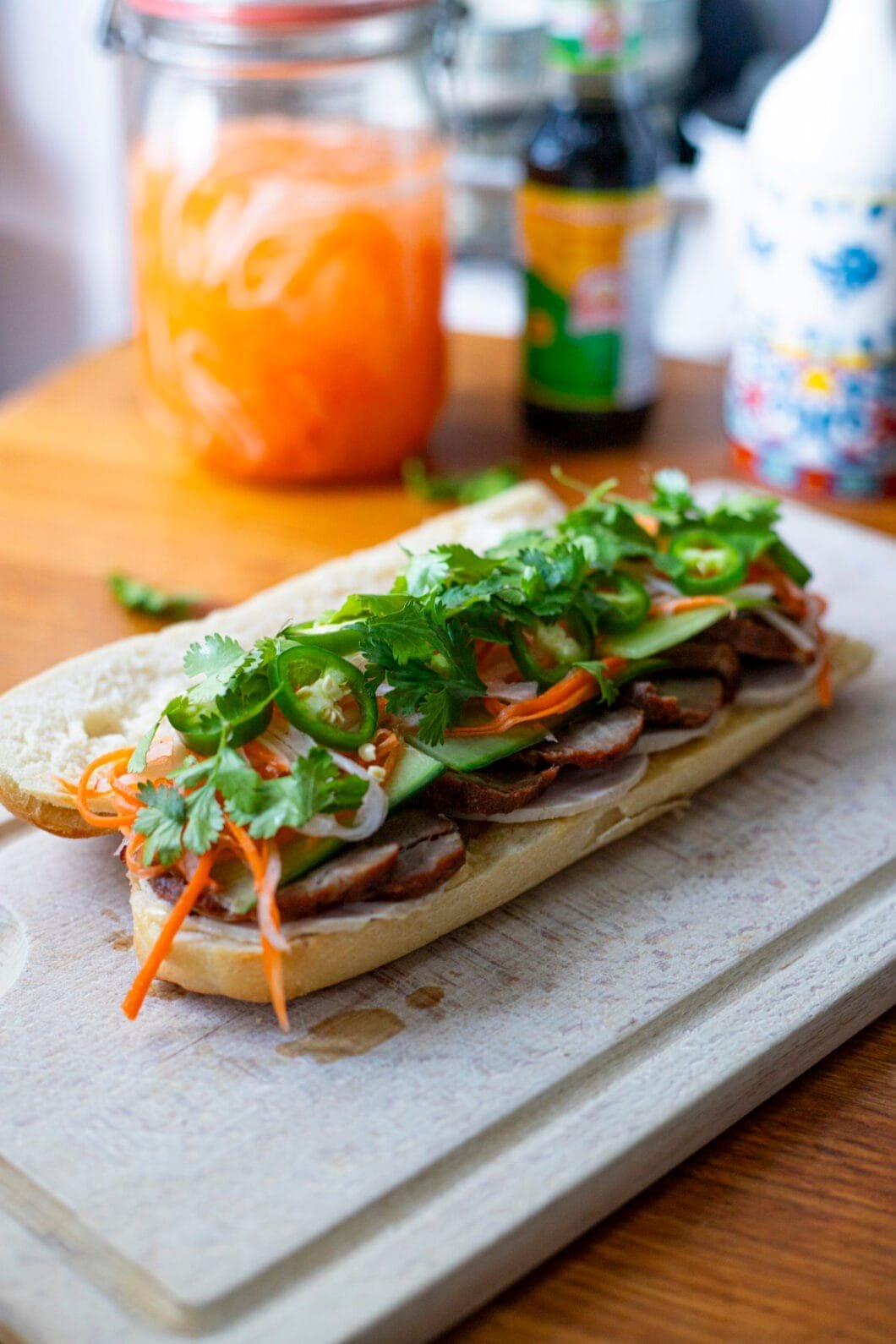
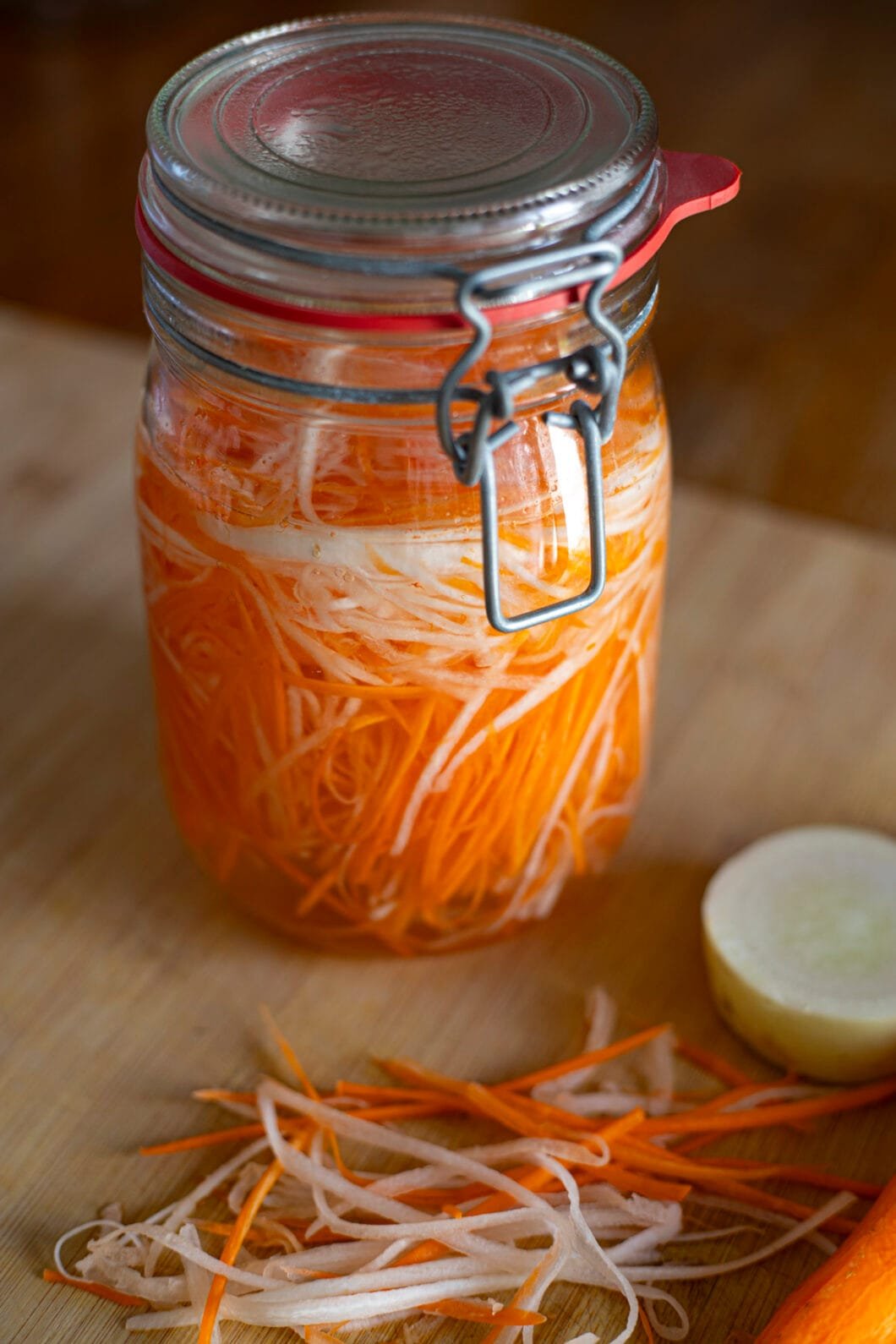
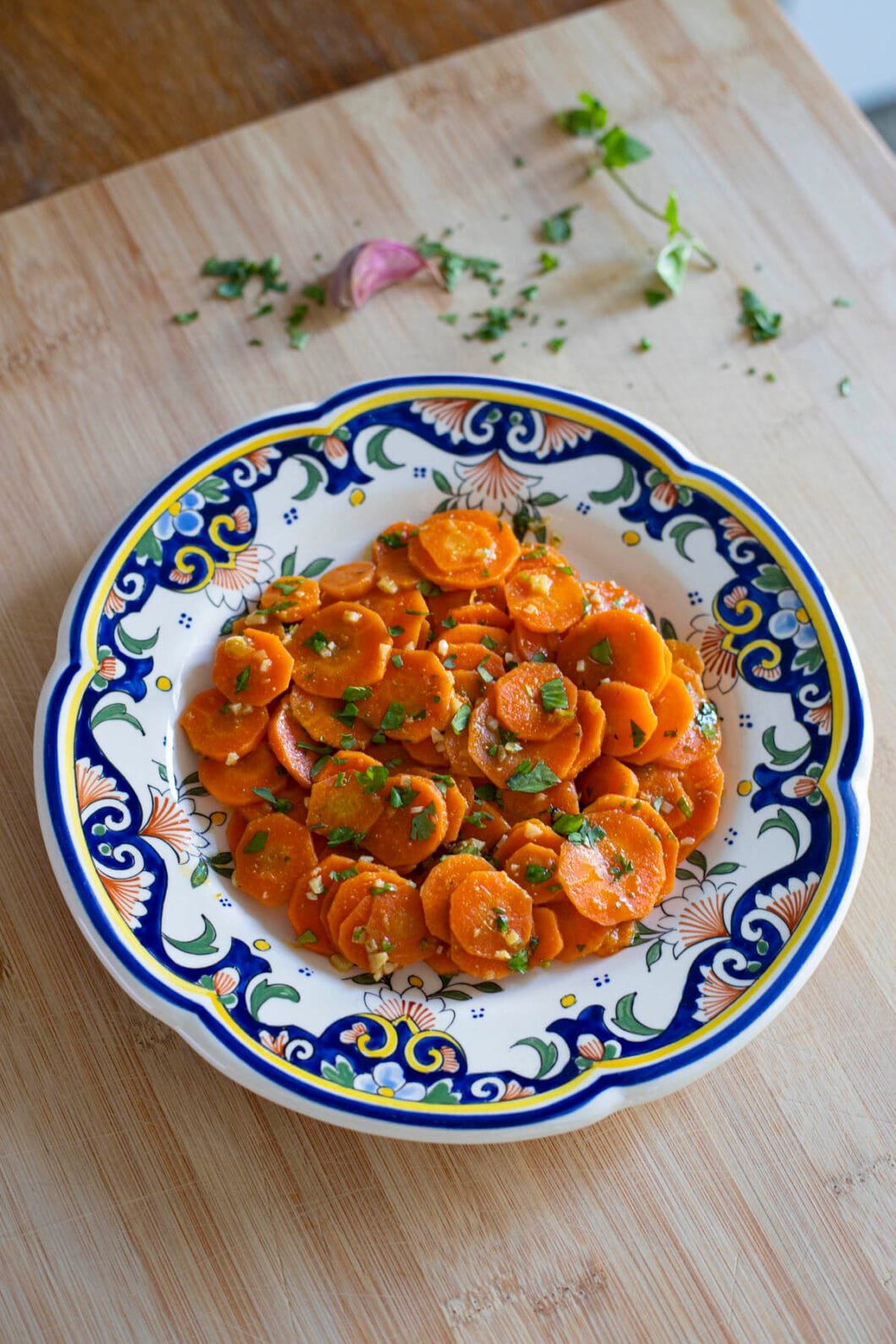
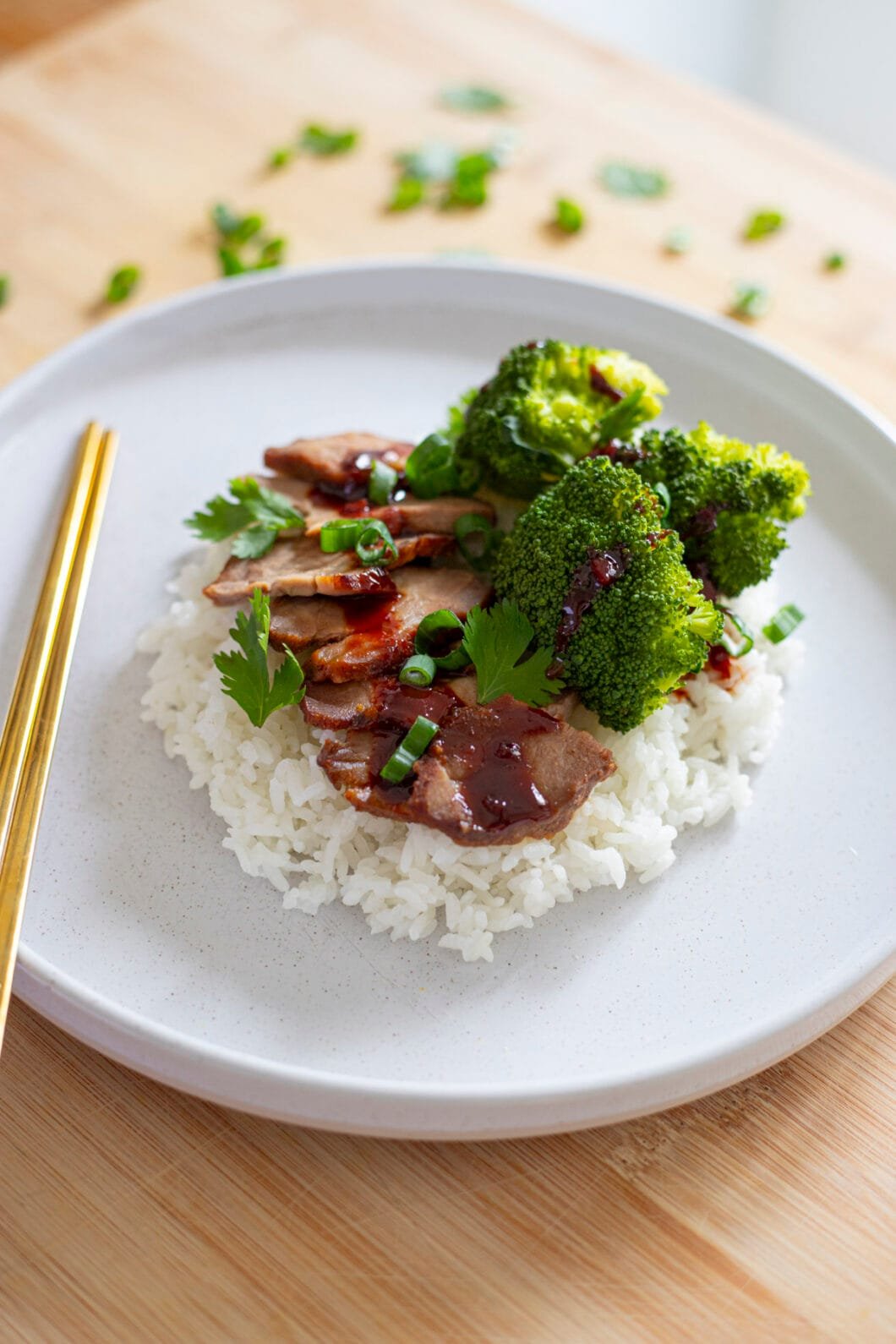

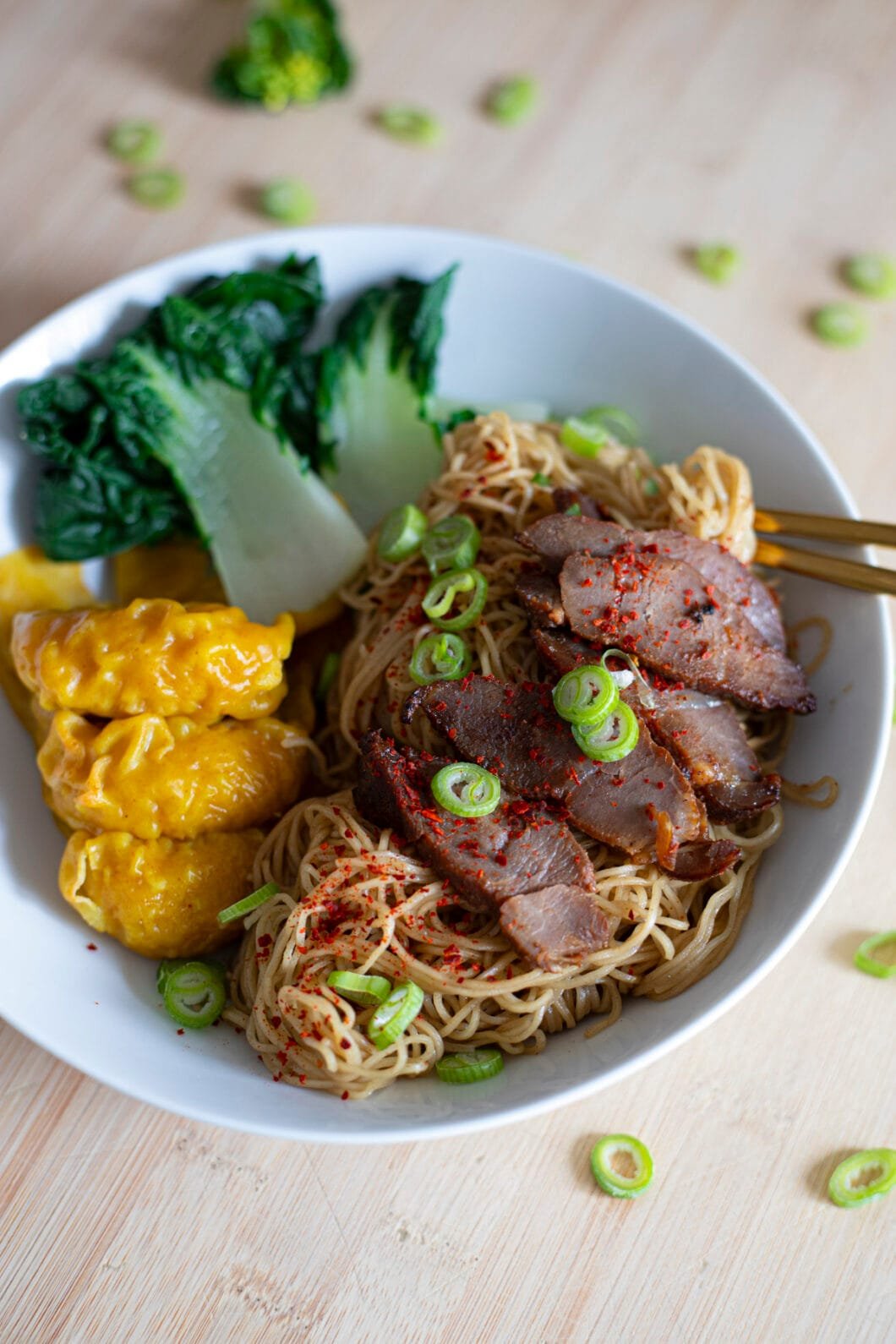



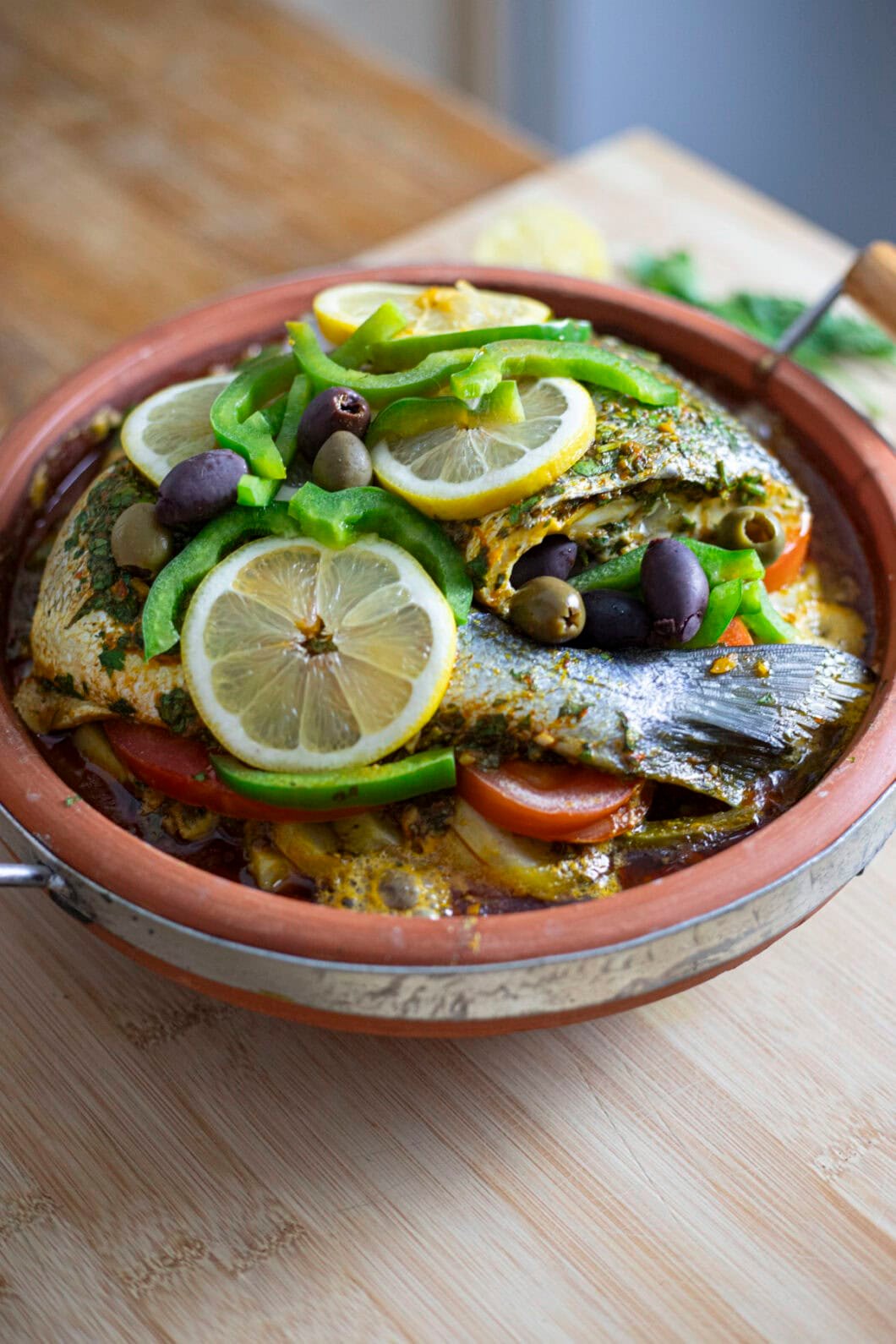
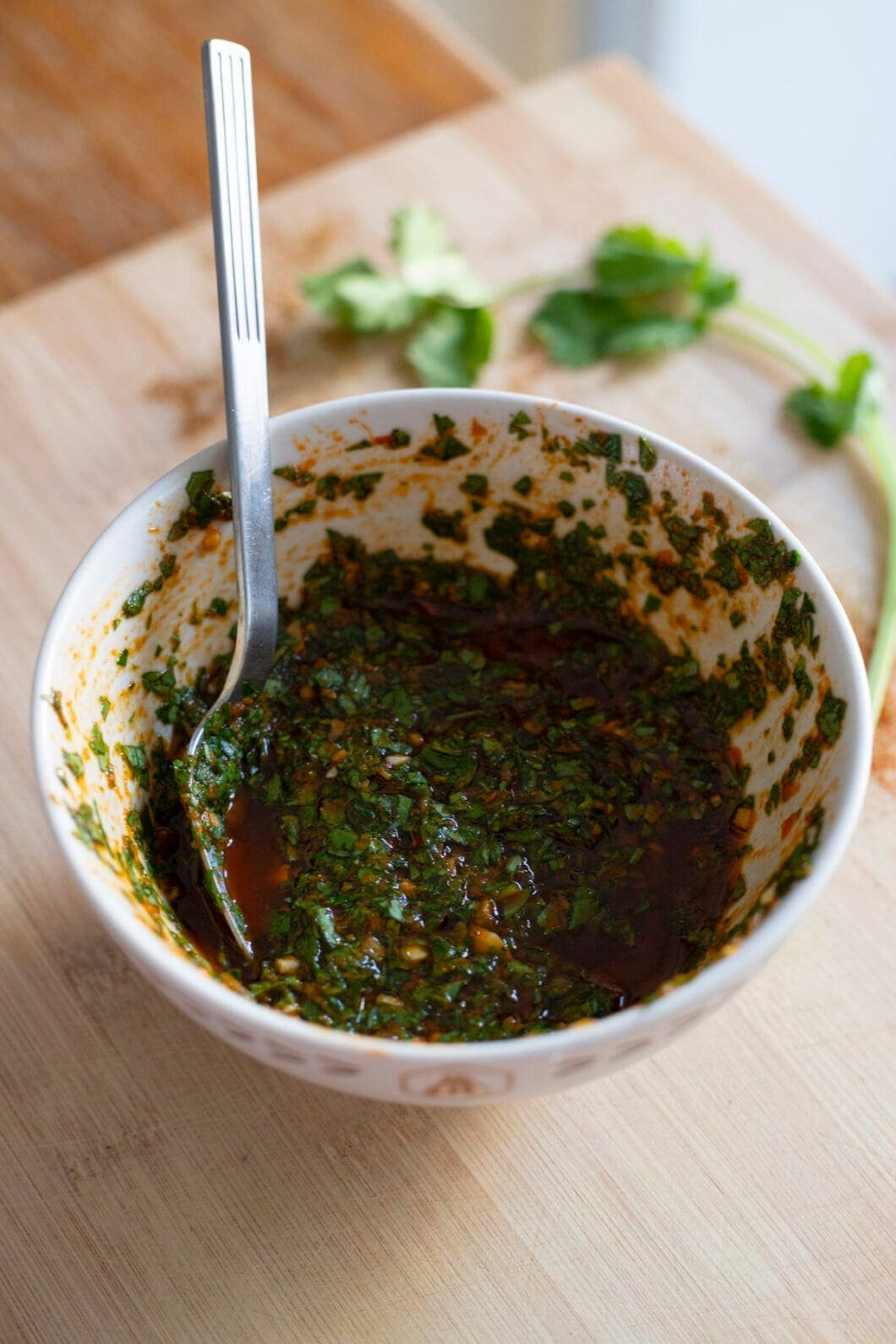
 Skip it if you can’t find it online or in Oriental grocery stores, but I must say they lend a more complex flavour than classic lemon -with the sharpness softened and bitterness heightened.
Skip it if you can’t find it online or in Oriental grocery stores, but I must say they lend a more complex flavour than classic lemon -with the sharpness softened and bitterness heightened. 